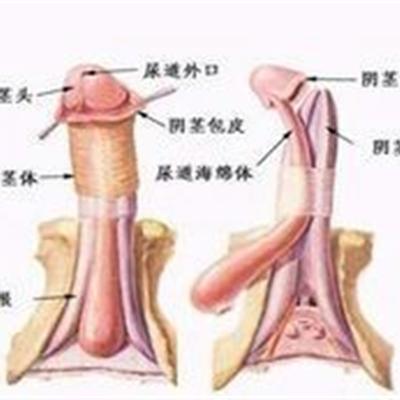How to diagnose benign prostatic hyperplasia
summary
Recently, a male friend always feels that he has a problem with his body, the frequency of urination is obviously increased than before, and the sexual function is also affected. He doubts whether it is benign prostatic hyperplasia. Now let me talk about how to diagnose benign prostatic hyperplasia.
How to diagnose benign prostatic hyperplasia
First: digital rectal examination method: the patient first empties the urine, the best position is the knee chest lying position; but can also stand, abdomen near the examination table side stoop to accept examination, old and weak or seriously ill patients can take supine or lateral position. The examinee should wear gloves or finger cots, apply lubricant, ask the patient to open mouth and relax, gently press the anus with the index finger, and then slowly extend into the deep rectum for examination. The order of examination was prostate, seminal vesicle, rectum and anus.

Second: the degree of benign prostatic hyperplasia record method: normal prostate, such as chestnut size, flat, clear edge, tough, uniform elastic, no nodule or tenderness, the central sulcus slightly depressed, bilateral leaves symmetrical, slightly moving. In benign prostatic hyperplasia, the gland can be enlarged in length and width with smooth surface, clear edge, medium hardness and elasticity, and the central sulcus becomes shallow, disappeared or uplifted.

Third, the estimated prostate size by digital rectal examination is not necessarily its actual volume, such as middle lobe hyperplasia, gland protruding into the bladder, and prostate enlargement is not obvious during digital rectal examination. If it is found that the hardness of prostate is increased, the surface is uneven, and there is suspicious induration during digital rectal examination, it is suggested that the hospital should take needle aspiration cytology examination to exclude prostate cancer, and check the contraction function of anal sphincter, and pay attention to distinguish it from neurogenic bladder and urethra dysfunction.

matters needing attention
There are many diagnostic methods for benign prostatic hyperplasia, which can not only be self-test, but also go to the hospital for scientific diagnosis. Generally speaking, we suggest that patients go to the regular hospital for diagnosis, which can effectively prevent misdiagnosis.









